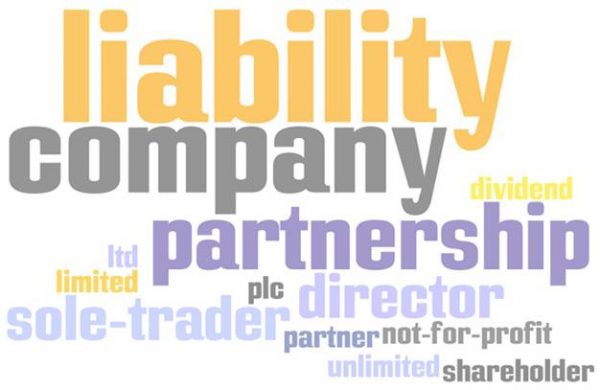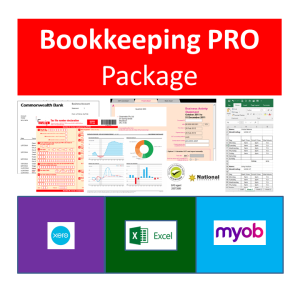Description
Managing Legalities and Risk in Your Business
MANY LAWS GOVERN the running of small businesses. Nobody wants to pay more tax than they have to, and aspects such as the type of legal structure you choose for your business will have a direct bearing on this.
Structuring your Business
What kind of legal structure do you want to use? Will you be a company, partnership, trust or sole trader, for instance? Each comes with different legal ramifications and consequences.
Certain businesses are better suited to particular structures. The structure of a business affects a host of factors, such as your ability to borrow money — even the amount of tax you pay. Of course, each structure then has its own legal issues you need to comply with.
Knowing the legal aspects of setting up small business also ensures your business is protected. You’ll need to comply with workplace health and safety regulations and other duty of care; consumer regulations; taxation and insurance requirements; contractual obligations and the like. There may also be certain industry codes of practice you need to adhere to.
Compliance is a Measure of Success in Business and we’ll help you to:
- Choose the right business structure and save tax
- Set up a Pty Ltd business if you want to
- Register your business name
- Obtain an ABN and GST registration, if appropriate
- Select the most appropriate software for financial records and other legal documents.
- Implement a systematic approach to identifying, managing and meeting legal requirements
What You’ll Learn in this Module of the Course
To recap, this module of the course teaches you:
- How to put all your legal requirements in place prior to start-up
- How to choose the right structure for your business
- whether it be sole trader
- partnership or company
- listing as a public company
- The benefits and disadvantages of each structure so that you can start your business under the ‘right’ umbrella
- Business names and ABNs and the validity of registering for GST
- Supplementary legal requirements for businesses in certain fields. E.g. hospitality, travel, real estate etc.
The Career Academy pathway to Nationally accredited training
After completing the pre-accredited online short course students can either go into business for themselves or explore options to complete a nationally accredited qualification and receive a Nationally recognised certificate.
Elements and Performance Criteria
|
ELEMENT |
PERFORMANCE CRITERIA |
|
Elements describe the essential outcomes. |
Performance criteria describe the performance needed to demonstrate achievement of the element. |
|
1. Identify and implement business legal requirements |
1.1 Identify and research possible options for the business legal structure using appropriate sources 1.2 Determine legislation and regulatory requirements affecting operations of the business under its chosen structure 1.3 Develop and implement procedures to ensure full compliance with relevant legislation and regulatory requirements |
|
2. Comply with legislation, codes and regulatory requirements |
2.1 Establish systems to ensure legal rights and responsibilities of the business are identified and the business is adequately protected, specifically in relation to work health and safety (WHS), business registration and environmental requirements 2.2 Identify taxation principles and requirements relevant to the business, and follow procedures to ensure compliance 2.3 Identify and carefully maintain legal documents and maintain and update relevant records to ensure their ongoing security and accessibility 2.4 Monitor provision of products and services of the business to protect legal rights and to comply with legal responsibilities 2.5 Conduct investigations to identify areas of non-compliance with legal and regulatory requirements, and take corrective action where necessary |
|
3. Negotiate and arrange contracts |
3.1 Seek legal advice on contractual rights and obligations, if required, to clarify business liabilities 3.2 Investigate and assess potential products and services to determine procurement rights and ensure protection of business interests where applicable 3.3 Negotiate and secure contractual procurement rights for goods and services including contracts with relevant people, as required, in accordance with the business plan 3.4 Identify options for leasing or ownership of business premises and complete contractual arrangements in accordance with the business plan |
|
4. Identify and treat business risks |
4.1 identify potential internal and external risks to the business 4.2 assess the probability and impact of identified risks 4.3 prioritise risks for treatment 4.4 develop actions to mitigate risks including identifying insurance requirements and adequate cover |
These are the requirements of the BSBSMB401 – Establish legal and risk management requirements of small business accredited training package























